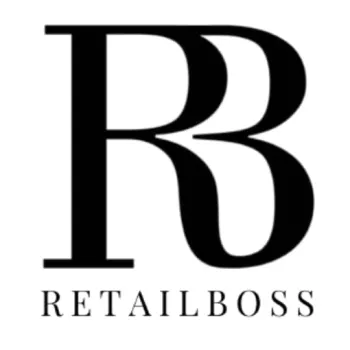Retail Terminology – U
U
Units per Transaction (UPT)
Units per Transaction is a retail metric that measures the average number of items customers purchase in each transaction. It is calculated by dividing the total number of items sold by the total number of transactions. For example, if a store sold 4,144 items across 1,036 transactions, the UPT would be 4.
Unplanned Purchases
Unplanned purchases occur when consumers buy items spontaneously, often influenced by emotional triggers, social influence, or marketing tactics. These purchases are typically driven by in-store displays, advertisements, or salespeople’s recommendations.
Upselling
Upselling is a sales strategy where customers are encouraged to purchase a higher-end version of a product than they originally intended. This can involve suggesting additional features, better models, or complementary products to enhance the customer’s experience and increase sales.
Urban Store
Urban stores are retail outlets located in densely populated urban areas. These stores cater to the high foot traffic and diverse consumer needs found in city centers, often offering convenience and a wide range of products to meet the demands of urban dwellers.
Uniform Pricing
Uniform pricing involves setting the same price for a product across all locations or channels, regardless of market conditions. While this approach simplifies pricing strategies, it can reduce profits compared to flexible pricing tailored to specific markets.
Understock
Understocking refers to having insufficient inventory to meet customer demand. This can lead to lost sales, decreased customer satisfaction, and potential damage to a retailer’s reputation. Effective inventory management is crucial to avoid understocking.
Unit Cost
Unit cost is the expense associated with producing or purchasing one product unit. It includes variable and fixed costs and is essential for pricing strategies and profitability analysis. The formula for unit cost is: Cost per unit = (Variable cost + Fixed costs) / Total units produced.
Unboxing Experience
The unboxing experience is the process of opening and discovering a product’s packaging. A memorable unboxing experience can enhance customer satisfaction, reinforce brand identity, and encourage repeat purchases. Custom packaging, free samples, and engaging presentation are key elements.
Underperforming
In retail, underperforming refers to stores, products, or categories not meeting sales or performance expectations. Identifying and addressing underperforming areas is crucial for optimizing inventory, improving marketing strategies, and boosting overall profitability.
Utility Bill
Utility bills are recurring expenses for retail stores, covering essential services such as electricity, water, gas, and other utilities. Managing these costs effectively is essential for maintaining operational efficiency and controlling overhead expenses.
Unique Selling Proposition (USP)
A Unique Selling Proposition is a distinctive feature or characteristic of a product or brand that sets it apart from competitors. A strong USP helps attract and retain customers by clearly communicating the unique benefits and value offered.
User Experience (UX)
User Experience (UX) refers to a customer’s overall experience and satisfaction when interacting with a retail store, website, or app. Good UX design focuses on ease of use, accessibility, and creating a positive, engaging experience for users.
User Interface (UI)
User Interface (UI) encompasses the visual and interactive elements of a retail website or app that users interact with. Effective UI design ensures that these elements are intuitive, aesthetically pleasing, and facilitate a seamless user experience.
